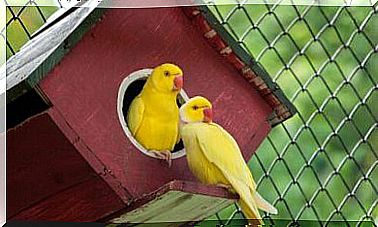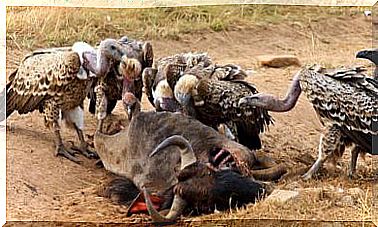Microcebe: The Smallest Lemur In The World
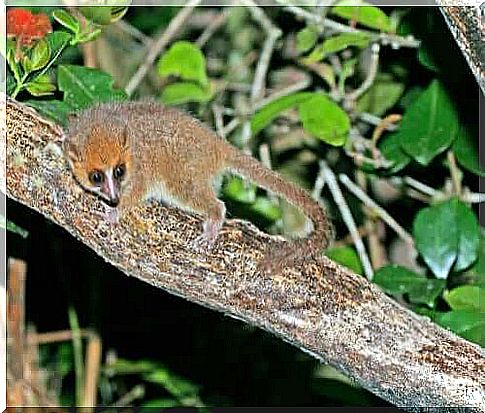
On the island of Madagascar we can find a very rich and heterogeneous fauna. Among so many curious animals, microcebes belong to the lemur family and are considered the smallest in the world. Let’s find out more in this article.
General characteristics
The first microcebe specimens were discovered in the early 20th century, but only two species were classified. Over the years, this list has grown to a total of 24 species, three of which have been recently discovered. Differentiating species from each other is a rather complicated process, which can only be done by analyzing the genetic material.
These small lemurs have morphological characteristics common to those of their species and to primates, such as nails and opposable thumb on five-fingered legs. However, the characteristic that distinguishes them is their small size : if we measure them from the head to the end of the tail, the microcebes do not exceed 27 centimeters in length.
Another characteristic common to all microcebes are the quadrupedal and arboreal habits, which push it to live on the tops of trees and on branches. Microcebes inhabit the wooded regions of Madagascar and its surroundings. They have a diet that is omnivorous which can include anything from fruit to small arthropods. They are nocturnal animals and have large eyes that can see in the dark.
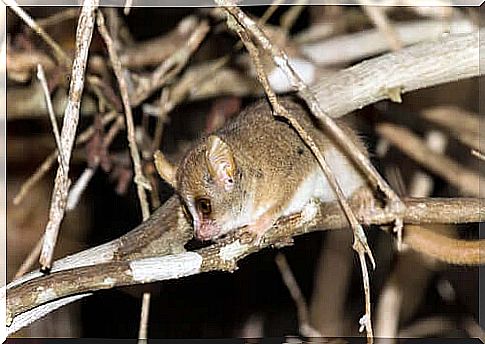
The family
Madame Berthe’s microcebe (Microcebus berthae)
Madame Berthe’s microcebe holds the title of the smallest primate in the world. This species of microcebe ( Microcebus berthae ) has a total length – tail excluded – between 9 and 10 centimeters and usually does not exceed 30 grams in weight.
These tiny animals have short, dense fur that is yellowish in color on the top and slightly lighter on the underside. The thick fur helps them go unnoticed when a predator is on the prowl, as they are easy prey for snakes, owls, and mongooses.
Unfortunately, this microcebe species is in serious danger of extinction. The International Union for Conservation of Nature (IUCN) has included it in the list of the 25 most threatened primates in the world. Habitat loss and fragmentation are at the root of their progressive disappearance.
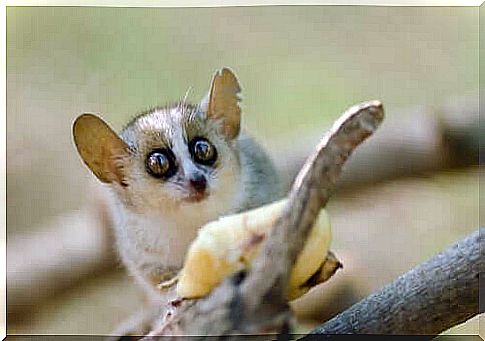
The Madame Berthe’s mouse lemur is one of the species of lemur discovered more recently. The Amber Mountain microcebe ( Microcebus arnholdi ) was officially described in 2008.
Amber Mountain Microcebe ( Microcebus arnholdi)
This lemur is slightly ‘bigger’ than the specimen we talked about in the previous paragraph: it weighs around 50 grams. The coat is also different, brown and gray on the back. The tail measures approximately 13 centimeters.
The Amber Mountain microcebe inhabits some regions of the rainforest of the Amber Mountain National Park, in northern Madagascar, from which it takes its name.
GERP microcebe ( Microcebus gerpi )
In 2012, a group of French and Madagascar researchers announced the discovery of a new species of microcebe, Microcebus gerpi, called the GERP microcebe. It is a species with a very restricted habitat, currently threatened by various factors.
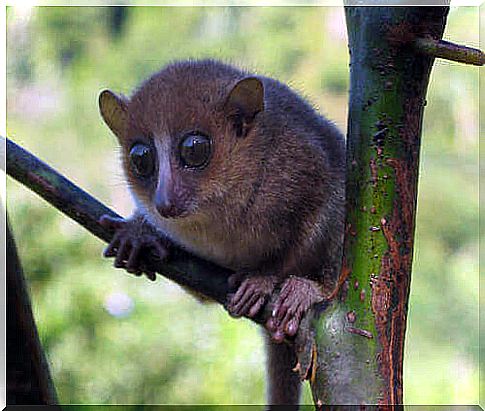
This specimen is relatively large if we compare it with the previous ones, as it can weigh up to 65 grams. It belongs to the group of lemurs that can weigh over 50 grams.
The GERP microcebe has a long tail covered with thick brown fur. The fur on the back is dark brown, while the one on the belly is lighter. The main feature that distinguishes them from other lemurs is a wide red stripe. The habitat is limited only and exclusively to the low forest east of Madagascar.
Being a relatively new species, we don’t have much information about them, especially regarding their behavior and breeding habits.
